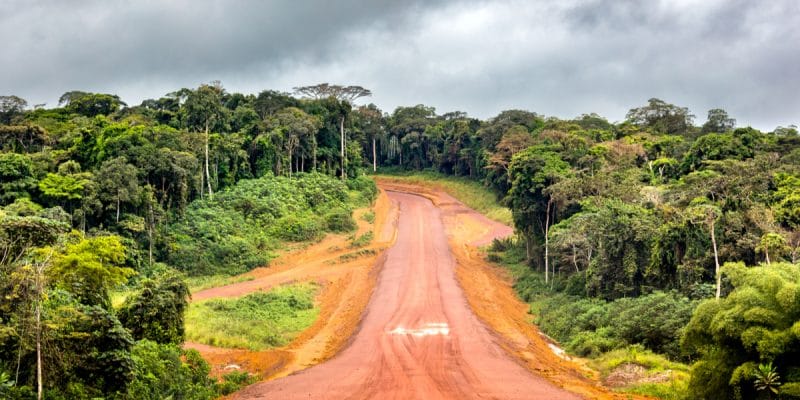The Cameroonian government and the World Wildlife Fund (WWF) signed a memorandum of understanding on 30 March 2022. The document, initialled in Yaoundé (the capital of Cameroon), aims to strengthen the integrated management of Cameroon's globally important forest landscapes in the Congo Basin (GEF7). The WWF will work in particular in the south of the country, where large areas of forest are threatened by agro-industrial projects.
The World Wide Fund for Nature (WWF), an international non-governmental organisation (NGO) dedicated to environmental protection and sustainable development, will intensify its activities in southern Cameroon over the next six years. WWF will coordinate the Integrated Management of Cameroon’s Globally Important Forest Landscapes in the Congo Basin (GEF7) project. The tripartite memorandum of understanding related to the implementation of GEF7 was signed on 30 March 2022 in Yaoundé (the capital of Cameroon), by Cameroon’s Minister of Environment, Nature Protection and Sustainable Development Pierre Hele, the World Wide Fund for Nature (WWF) representative in charge of the GEF7 project Heike Lingertat and the director of WWF-Cameroon Clotilde Ngomba
Funded by the Global Environment Facility (GEF) to the tune of 6.17 billion CFA francs (about 9.4 million euros), the GEF7 project also aims to ensure the biological integrity of forest landscapes in the southern region and to increase economic opportunities and livelihoods for local people. The project targets the areas of Campo Ma’an-Rio Campo (CMRC), the Tri-National Dja-Odzala-Minkebe (TRIDOM), and the Tri-National de la Sangha (TNS), an inter-zone between Rio Campo and the TRIDOM landscape of Cameroon.
Forests threatened by agro-industry
During the implementation of GEF7 in southern Cameroon, WWF will certainly be confronted with the forest and biological impact of agro-industrial plantations in the region. The Camvert project in particular. The project for the largest palm plantation in Central Africa, with an investment cost of 237 billion CFA francs (about 361 million euros), for a production of about 180,000 tonnes of palm oil per year, is presented by NGOs and some indigenous people as ‘a myth of sustainable forest conversion, and a danger to the food security of local communities’.
Read also-COMIFAC: Angola commits itself to the protection of the Congo Basin forests
According to these organisations, the project must be stopped, because in addition to violating forestry law, it represents a climate disaster due to the projected destruction of 50,000 hectares of forest. “For local communities, the forest is a living environment. These populations will no longer have access to the tree bark with which they heal themselves, and they will also lose their places of worship and sacred forests. It should be remembered that in order to maintain an oil palm plantation, it is necessary to pollute. This means that the rivers inside the forests will disappear after being polluted, and the spraying of pesticides will affect the health of the neighbouring populations,” explains Ranece Ndjeudja, Greenpeace Africa’s forest campaigner.
Boris Ngounou







